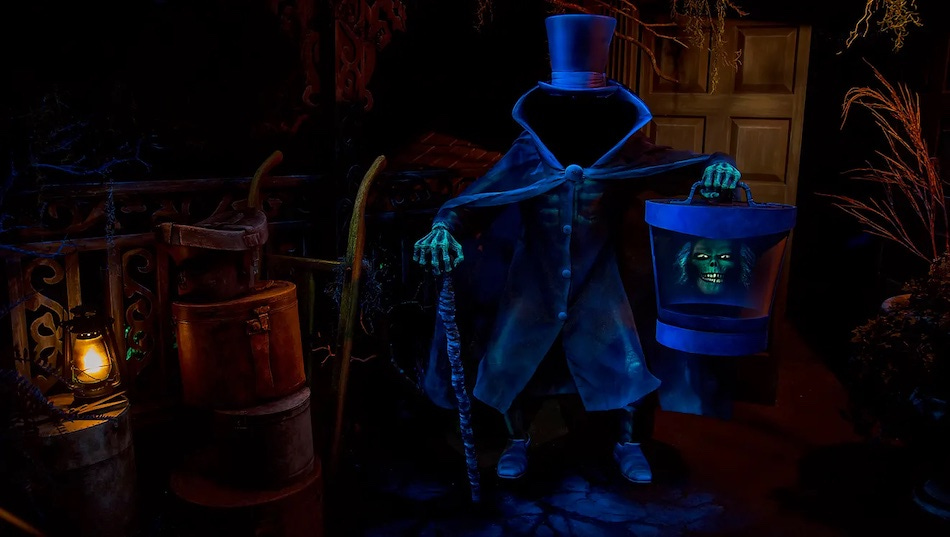Through the years, I’ve sometimes assigned ratings, using letter grades, stars, or numbers, to the rides and attractions I’ve reviewed. The reason I’ve been inconsistent is because the publications, outlets, and/or editors with which/whom I’ve worked had varying style and editorial preferences. Often, I didn’t include any ratings. Now that I have total editorial control here at Arthur’s About Theme Parks (yippee!), I’ve decided to use a numerical rating system for my reviews. But, there are some inherent problems with rating rides and attractions, which I will outline.
Throughout this article, I’ll be posing questions to you. I hope that these queries won’t escape into the ether, unanswered. Which beings me to another point: It’s been a bit quiet around here.
It is my hope that you, dear readers, will join the conversation. See those comment ovals at the top and bottom of the page and the “Leave a comment” buttons sprinkled throughout the article? Click on them and share your thoughts. Park fans are known to be a chatty, opinionated bunch. So let’s see what you got. Please be respectful and constructive (but you know that, right?).
For now, all subscribers–and that includes you–have the ability to read and leave comments. Down the road, I plan to make that a benefit for those that choose a paid subscription.
The case for ratings
I think it’s helpful to include ratings. I know that I appreciate ratings when I read reviews for movies, books, television shows, and other things on my cultural radar. They add a quick, easy-to-understand metric and offer a consistent way to gauge the things I want to see, read, or otherwise experience.
For my Substack reviews, I’m using a 5-point rating system. I gave Pantheon at Busch Gardens Williamsburg a 4.5, for example, while Ice Breaker at SeaWorld Orlando merited a 3.75.
Of course, there are some fundamental problems with any reviews that include ratings. They reflect the subjective opinions of the critics offering them and may not jive with your take. Hopefully, our sensibilities are more or less in sync (and if they aren’t, then you should click the comment button and weigh in).
However, what makes ratings for rides and attractions different from, say, movies or books, is that roller coasters, dark rides, and other attractions can change over time. A ride on Pantheon in its debut year, which I found to be rock-solid smooth, may be less than stellar a few years down the road, for example. Heck, a ride on a wooden coaster the first thing in the morning may feel different later in the same day. Or a ride in the second car of a coaster train may offer a different ride experience than a ride in the train’s last car.
Attraction reviews, therefore, represent a snapshot in time. If I return to a park and discover that a ride experience has degraded, should I go back and change the rating? (This is where you are supposed to chime in.)
Plus, what about plussing?
Then, there is the issue of parks and designers tinkering with attractions. It’s something Walt Disney called “plussing.” He famously said that “Disneyland will never be completed…as long as there is imagination left in the world.” That hasn’t just meant that Disneyland and the other Disney parks have continued to build new attractions; the Imagineers also keep making changes to the existing ones.
There have been a number of updates to Pirates of the Caribbean, for example. Most recently, Disney replaced the red-headed woman on the block in the troublesome auction scene (which included the banner, “Take a wench for a bride”) with Redd, an empowered, wisecracking female pirate. And the classic Haunted Mansion at Disneyland returned the Hatbox Ghost to his rightful place in the attic after he had disappeared for decades. (The scene is stunning, by the way.)
So, should I modify attraction ratings to reflect later changes? Should I include the original rating and then note when and why I altered it?
Finally, there is the issue of context. When an attraction debuts, it is judged against its peers and those that preceded it. But as technology and creativity evolve, expectations change.
A coaster fan riding Magnum XL-200 at Cedar Point today might not feel the same about it as a fan experiencing it when it opened in 1989. While it was the first coaster to top the seemingly impossible 200-foot bar, that height is kinda pedestrian now. Heck, there are currently two coasters that top it and one that matches its height in the same park.
For argument’s sake, if Magnum warranted a 4.75 in 1989 for its height, speed, and sheer audacity, should I stick with that rating in 2022? (And returning to an earlier point, the Cedar Point coaster isn’t nearly as smooth as it was years ago.)
There you have it, park fans. Are you on board with attraction ratings? Do you see the tricky problems associated with ratings? Hello, testing. Is this microphone on? Okay, time for you to respond.
If you enjoy Arthur’s About Theme Parks, help spread the word.








I was just thinking that you could have as many ratings as you want for an attraction, but just include the date with each one. I don't know of anyone doing that yet. It would also be fun to see the changes over time. (Can you tell I am working with databases and dates today at work?)
I too think that ratings and reviews should change over time. But I also think that the initial rating should still be visible. That way you can see where the ride placed initially but will see the current rating as well.